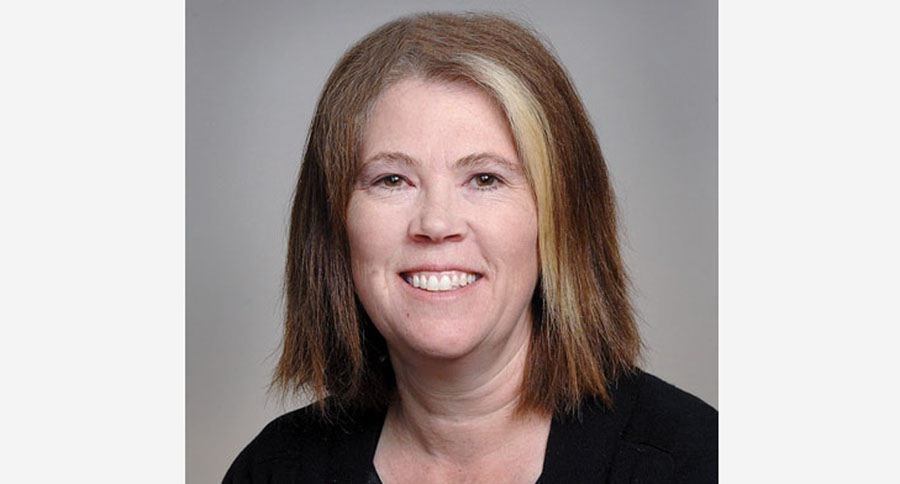A few weeks ago I had the opportunity to visit the 9/11 memorial in New York City. I was hesitant at first because the extent of the loss and the tragedy seemed to me to be potentially overwhelming. I was worried that the nationalist or patriotic message would overwhelm the personal loss and tragedy.
The morning of September 11, 2001 is still as clear as though it was yesterday. That morning had a profound impact had on the American psyche and on the world political stage. If you remember those days you will recall weeks and weeks of coverage and the solemnity of the descriptions of heroism.
How then would it be possible to build a memorial to honour the loss, the fear and the heroism?
Over the last few years I have spent some time learning about the construction of space. That is to say, how a building's layout or a museum display impacts how we see, experience or understand an event. Space is constructed and it frames knowledge and power. This does not assume maliciousness or manipulation. Buildings, for example, are arranged in ways that tell us who is important, which spaces are public and which are private, who is welcome and who is not. A typical classroom space, for example, is designed with rows of chairs facing toward the instructor. This set up tells us who is in control of the space, who is the leader and who are the followers. The legislature of a province or a nation constructs space in such a way to demonstrate tradition and leadership and security. In American architecture you can often see the symbols of democracy and liberty drawn from Ancient Greece.
Museums also construct space to provide a narrative or story of an event or historic time period. As we walk through the space, a story is interpreted and shared. The stories are told through artifacts, pictures, interpretive descriptions, oral histories, costumes, and other interactive media. But it is critical to recognize that a museum space is designed to lead you through the space and to show you the parts of the story that are considered most critical. As museum goers we need to ask whose voices are represented and whose voices are missing.
The 9/11 memorial starts with recognition of the space itself. Two water features stand in the place of the twin towers. The entry to the memorial itself is unique because they only allow a certain number of people in every half hour. As you come into the museum you see footage of the morning of 9/11 and watch the reporting of the event as it unfolded on an American morning show.
Then you enter a space dedicated to the victims. It is an intensely personal space. There are computer consoles where families and friends can type in the name of a loved one. A photo and biographical information appears. I felt that I did not belong there. It is simply not a tourist attraction.
There are artifacts that were recovered including a crushed fire engine which embodies the bravery and the loss of the first responders. Finally there is a display that explains or at least interprets the rise of Al-Qaeda. It is here where the politics becomes apparent and an explanation for the rise of such organizations is whittled down to a few moments in history and a few American foreign policy decisions. The explanations are not simple. I have written before about the deep value divide over the ideas of freedom and liberty. The things Americans hold as sacred are, for others, the scourges of tradition.
In the last part of the memorial there is a museum shop. But what can one bring home from this place? There are signs that tell visitors that "all net proceeds from our sales are dedicated to developing and sustaining the National September 11 Memorial & Museum" but I know that the shop has met with some controversy.
Without doubt the site is worth visiting. I was emotionally saturated after about an hour and I am sure I will never forget the voice on an answering machine of a man reassuring his loved ones that he was ok. He was in the second tower before it was struck. I can't imagine that teaching about 9/11 will ever be the same.



